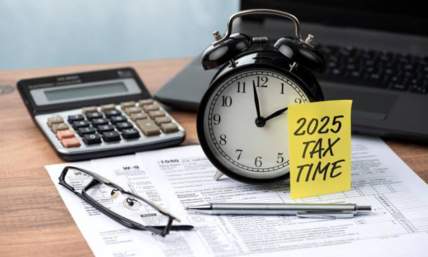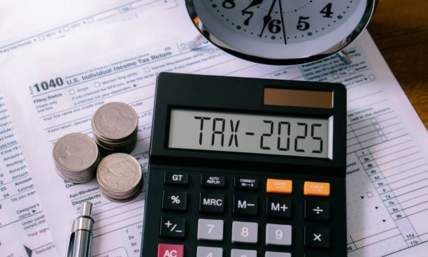How To Organize Your Home Office — And Keep It That Way
Many people consider the home office to be an essential space in the home. For some, a home office is only a place to manage personal finances or store important documents. In other cases, you might split time between a home office and a business office. Some individuals only work out of a home office. Whether you work remotely full time or you’re simply looking to make money from home, productivity starts with a well-kept home office space. Reference the below ideas for inspiration in keeping your home office organized and optimized for efficiency.
1. Keep Tabs on Home Improvements
Home improvements can help you organize your home office in many ways. Whether you want to add space, improve lighting, or even streamline airflow, the right renovations can make any home office a feature room in your home. In certain cases, home improvements offer an added financial benefit: you can sometimes deduct home improvement costs from yearly taxes.
There are a few factors to keep in mind when determining whether or not home improvements are tax-deductible. If you’re making a change just to your home office, you can typically deduct 100% of the expenses. For example, if you’re converting an unused bedroom into a home office, all expenses should be fully deductible. If you’re making changes to your entire home — for example, installing faster Wi-Fi or adding new paint — you can only deduct a portion of those expenses. In most cases, you’ll determine your deduction amount by comparing the size of your office to the size of your entire home.
If you’ve made changes to 100% of your home, and your home office represents 20% of your home’s square footage, you’ll be able to deduct 20% of whole-home improvements.
2. Keep Flat Spaces Clear
Between loose papers, binders, notepads, books, and other desk items, home offices can quickly become cluttered. To further organize your home office space, adopt this simple rule of thumb: keep flat spaces clear of unnecessary items. Flat spaces in your home office are valuable. Once desks, tops of filing cabinets, or empty chairs become cluttered, you might have trouble getting any work done. To promote efficiency and keep your office organized, take a few moments at the beginning and end of the day to declutter.
In some cases, flat spaces may contain a few essential items. Perhaps you have a computer on your desk, or you’ve chosen to place a printer on top of your filing cabinet. These items are perfectly acceptable as long as they don’t compromise productivity. If you can keep items on top of flat spaces to a desirable minimum, you’ll find it that much easier to organize your home office.
3. Have a Clear Walking Path
No matter how often you use your home office, the room itself needs a clear entrance and exit. When you’re organizing, make sure that defined walking paths remain clear of extra items. Home offices can often end up used as the default “storage room” in the home. When you have boxes of seasonal clothing, dated photo albums, odd furniture, or other loose products, they’re often relegated to the home office. Make sure that these items find their way out of your workspace and into appropriate storage systems.
Even essential home office items can compromise walking pathways. Sometimes, items like power cords, loose writing utensils, and papers can fall into your path. Before these items accumulate, clear them from walkways in your home office. Route cords toward the edges of the room, and return other office supplies to their original locations. If cords are no longer in use, take this opportunity to wrap and store them before returning to work.
4. Invest in Storage Systems
Storage is an important step in organizing any home office. Without proper home office storage, you’ll have no place for books, papers, and other resources. To protect essential documents, clear your flat spaces, and keep walking spaces clear, invest in storage systems to put items in proper places.
If you have a relatively small home office, finding storage space can be difficult. You might need to find ways to creatively store items within your office. Consider tasteful office furniture that doubles as a storage solution. Many desks, bookcases, and cabinets have extra storage containers that can help you store extra items. To store even more items in your home office, you can elevate your storage systems. Use a wall organizer or hanging shelf to store items off of the ground. Storing items at eye level will also make them more accessible during the day.
The Benefits of an Organized Office
In the same way that an organized home office can help promote efficiency and ease of use, a cluttered home office can make work feel challenging at best. An organized home office often reflects an organized mind. Organize your home office in a way that alleviates headaches and better prepares you for each new day. A well-organized home office can help keep stress levels low for any small business owner, employee, or contractor.
When you take time to organize your workspace, you won’t misplace documents or lose track of office supplies. In addition, the items you need during your workday will be closer to your fingertips. There are solutions in place to help you restore documents and even store digital copies online. Sample invoice and paystub templates help eliminate the need for paper versions and can alleviate your storage burden.















